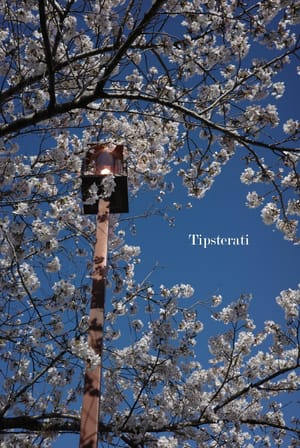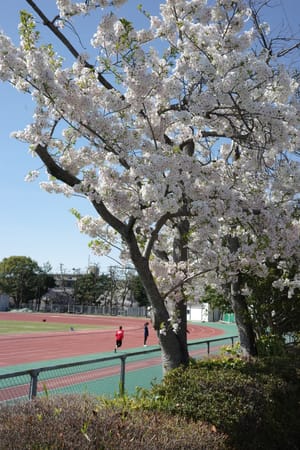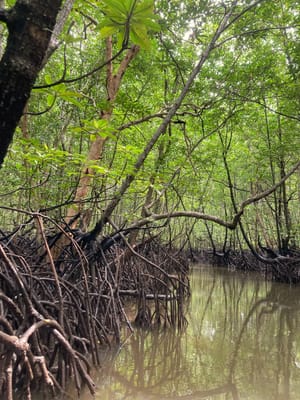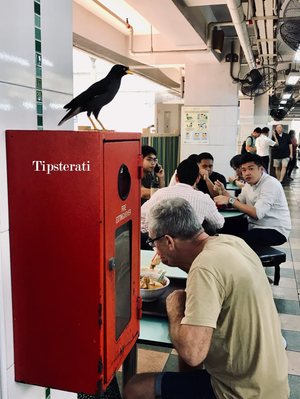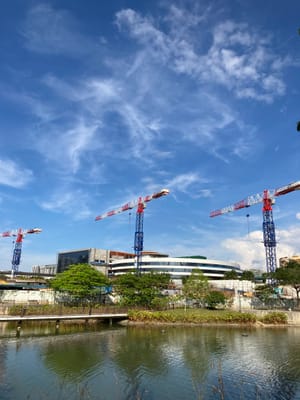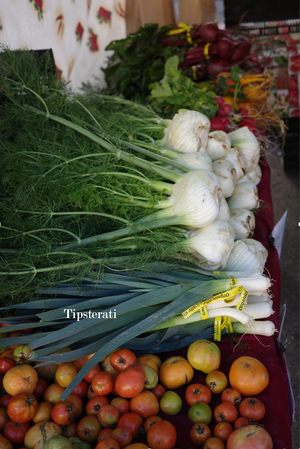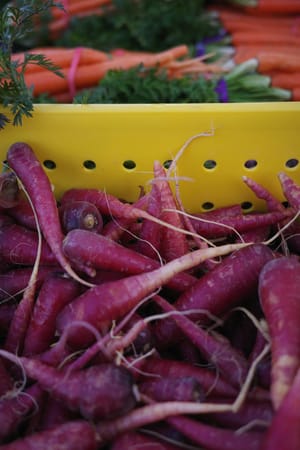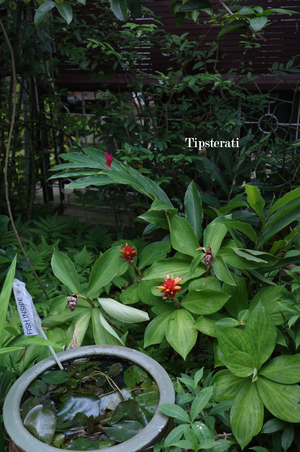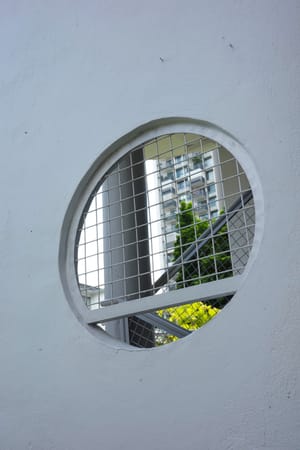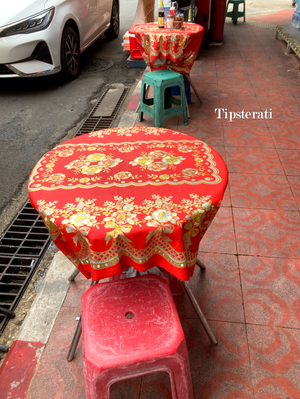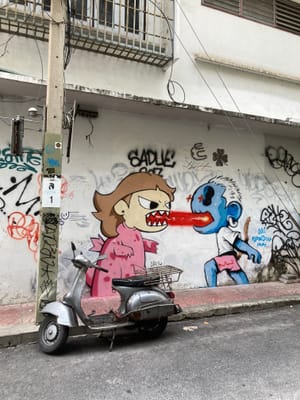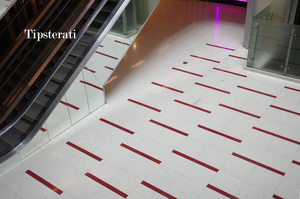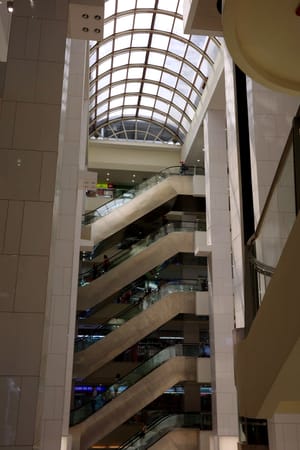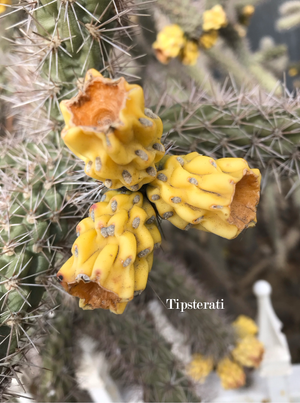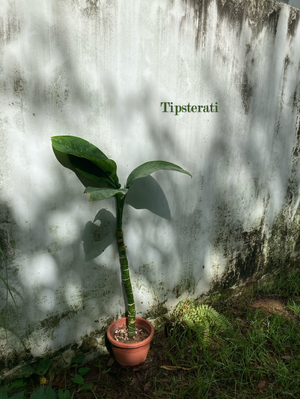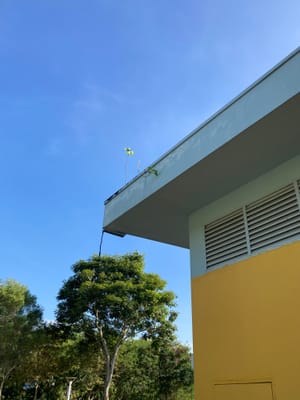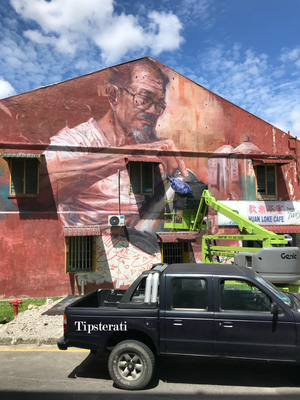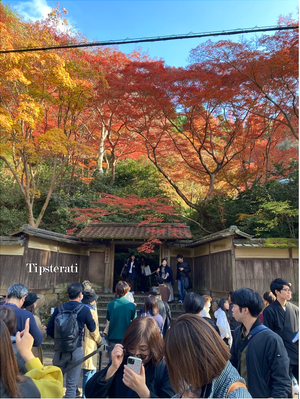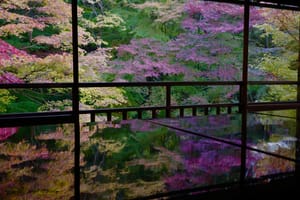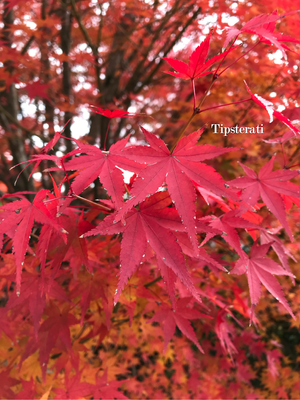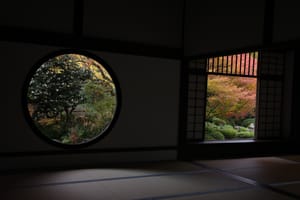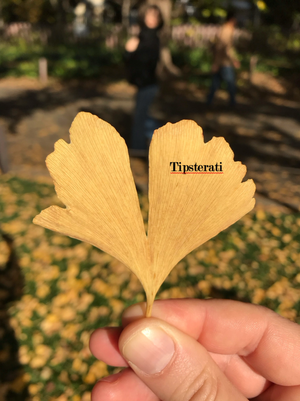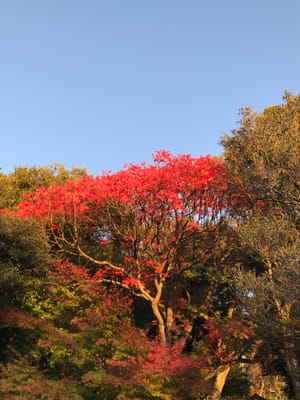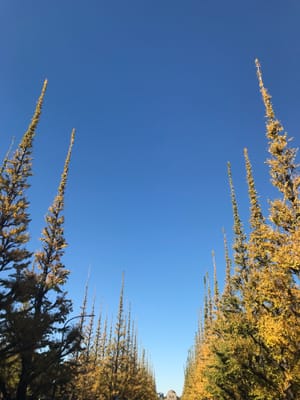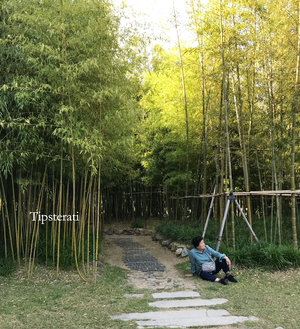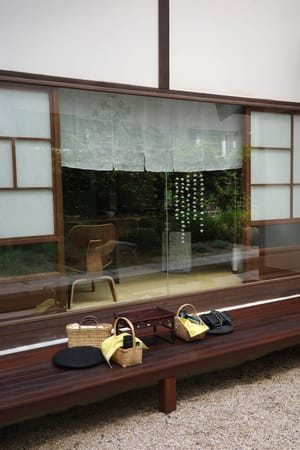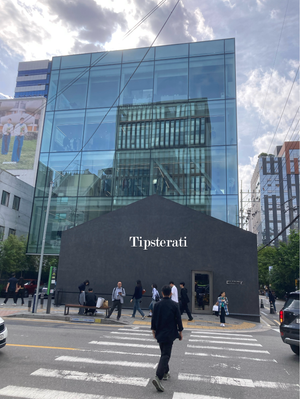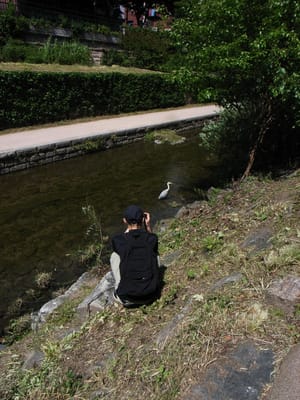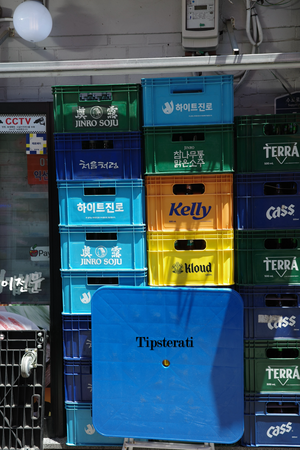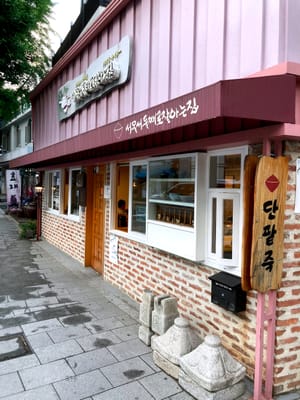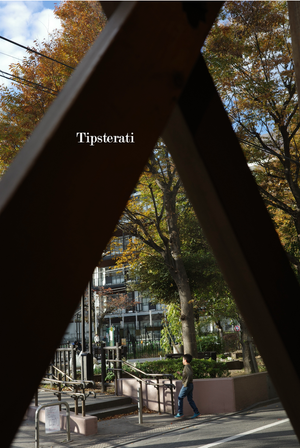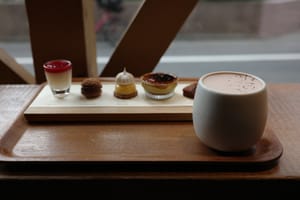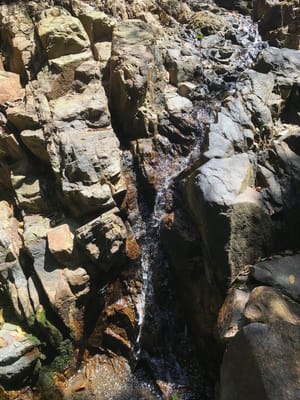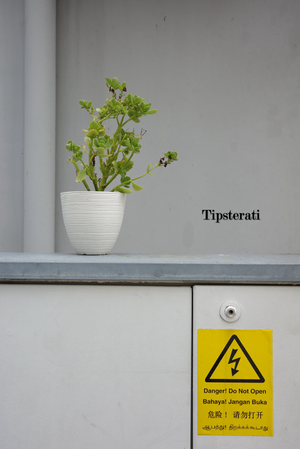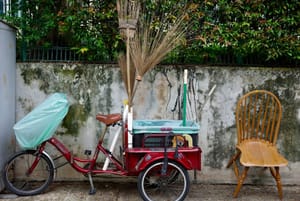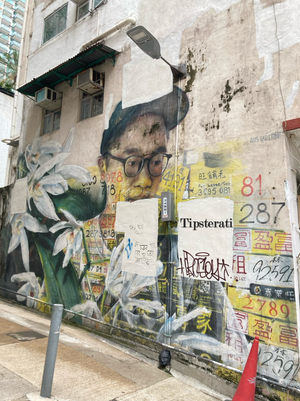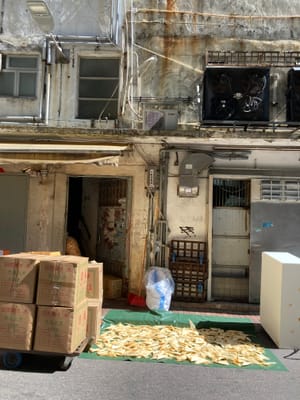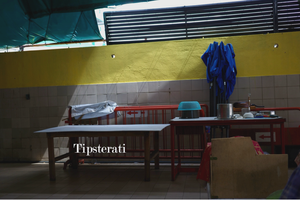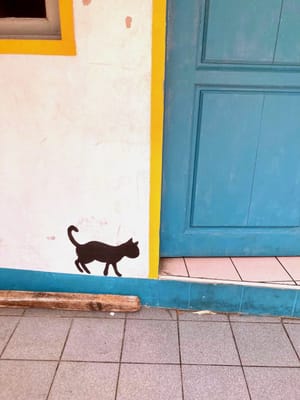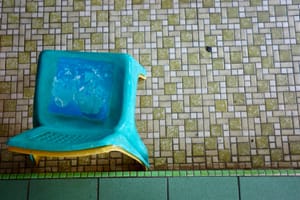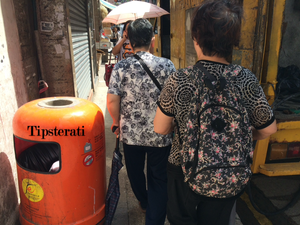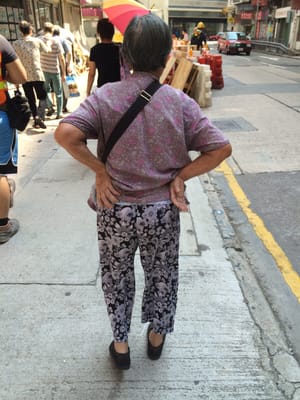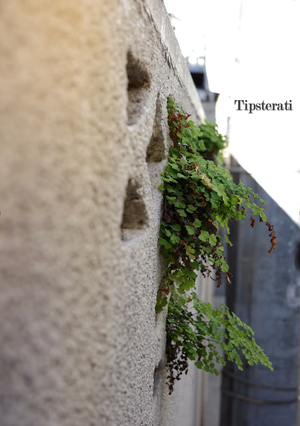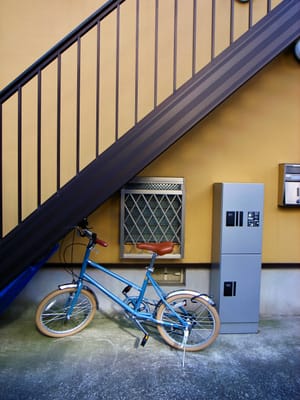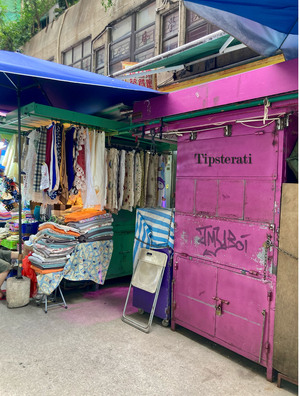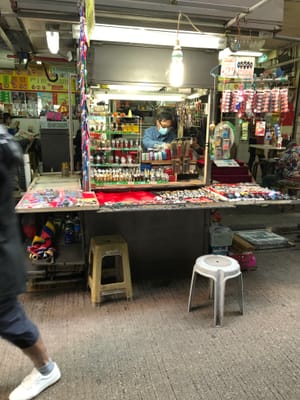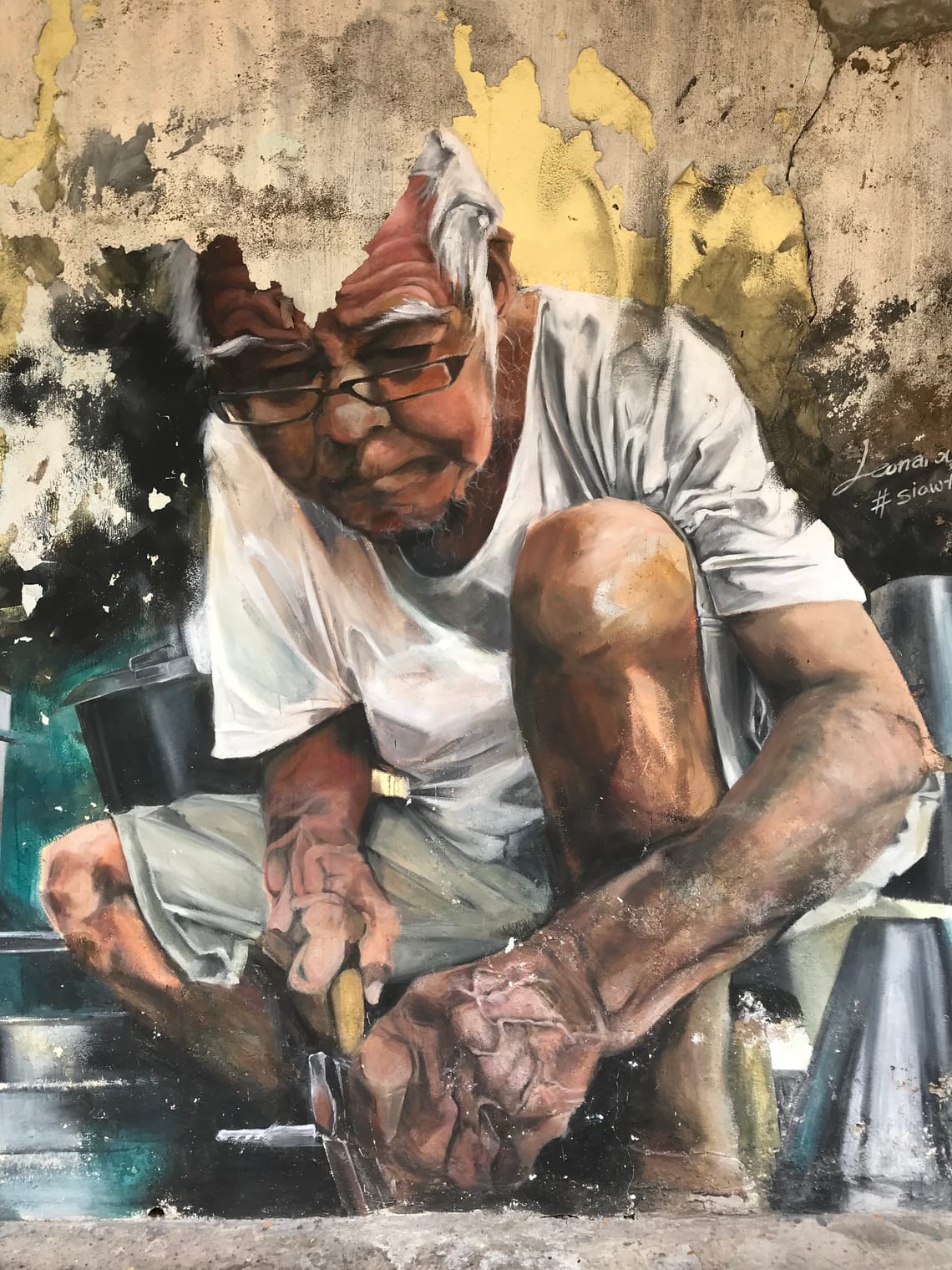
Palimpsest: Leonard Siaw’s Heritage Murals
Kuching’s Chinatown is slowly gentrifying. The narrow shophouses along Carpenter Street are still home to a number of old businesses—goldsmiths, fruit-sellers, shops selling Taoist and Buddhist funeral goods or curios and antiques—but there are signs of the new as well: a hipster coffee shop, a trendy bar with tables outside that pulls in expats and tourists in the evening looking for a cold beer, a chic casual eatery manned by young adults selling local Borneo specialties. Change is afoot.
The current diverse mix is, to my mind, ideal. But as the older generation retires and old businesses are wound down to be taken over by more cool coffee shops and restaurants, will the neighbourhood begin to lose its soul?
This is where Leonard Siaw’s striking murals step in.
Imagining and recording the past in situ, Siaw’s murals slip layers of Kuching’s history into the present. In case you forgot or didn’t know, there used to be a clog maker in Chinatown. Dayak tribesmen once brought in precious jungle commodities to sell to local dealers. Chinese labourers worked the waterfront heaving cargo from ship to warehouse.
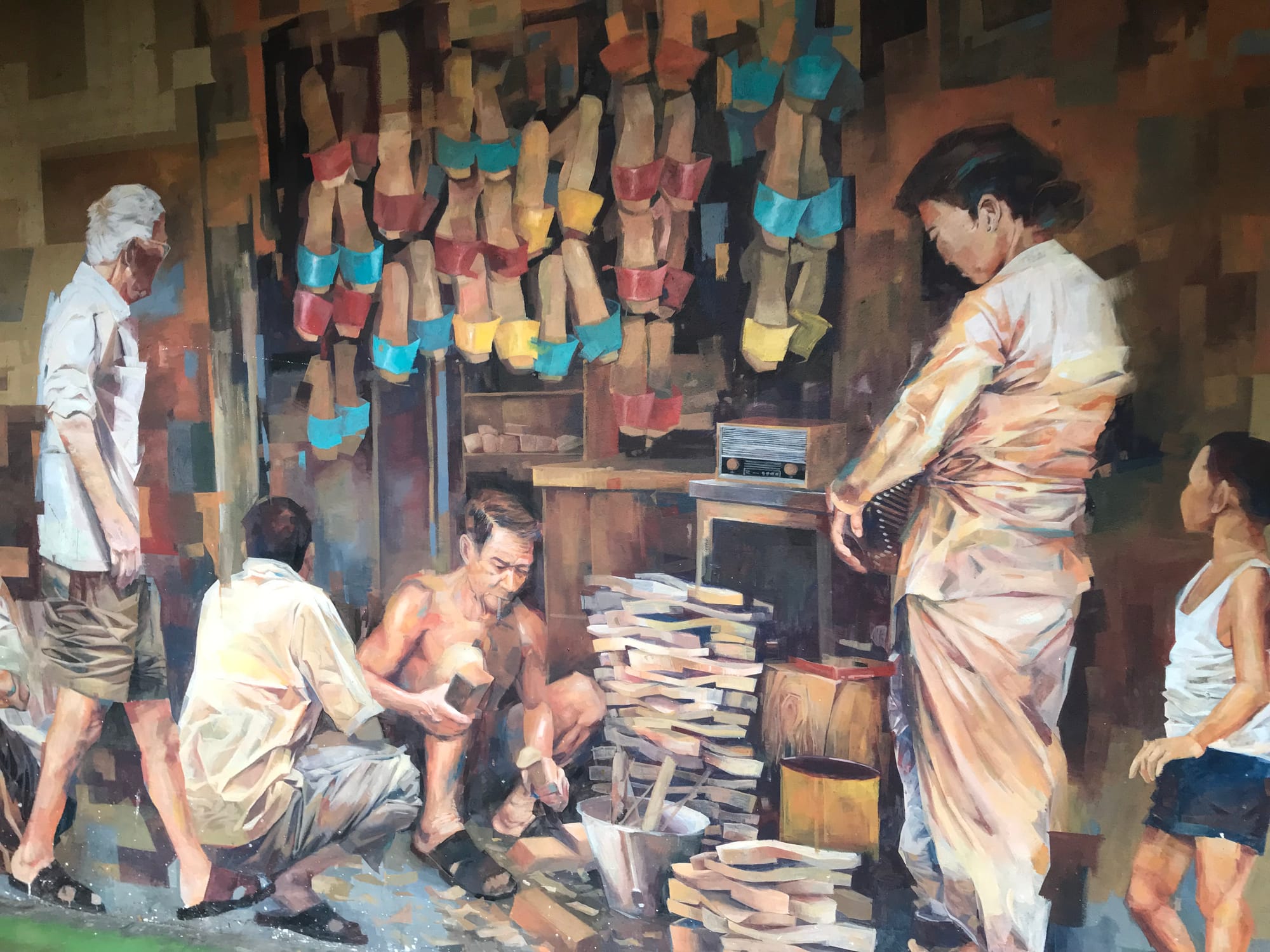
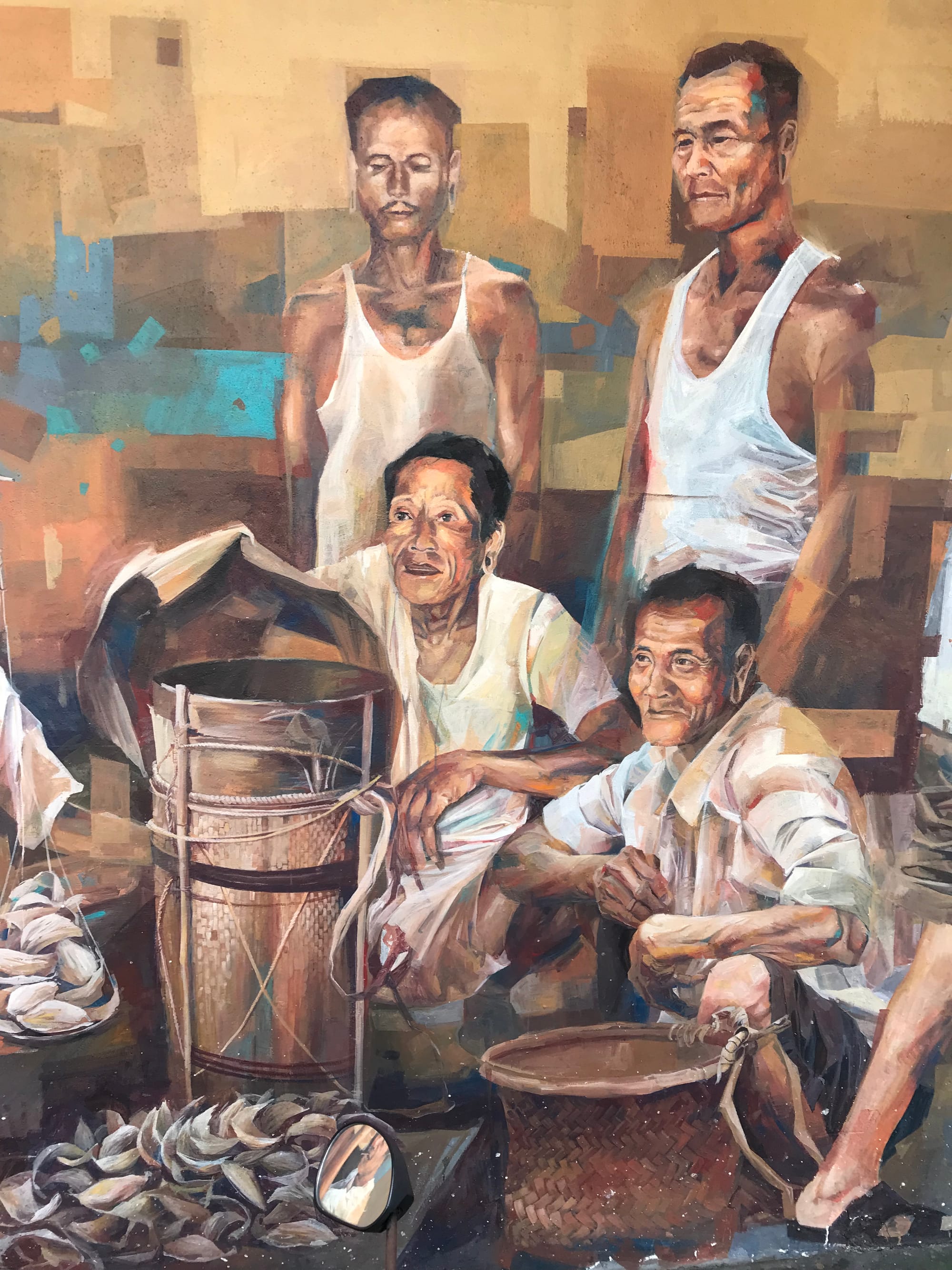
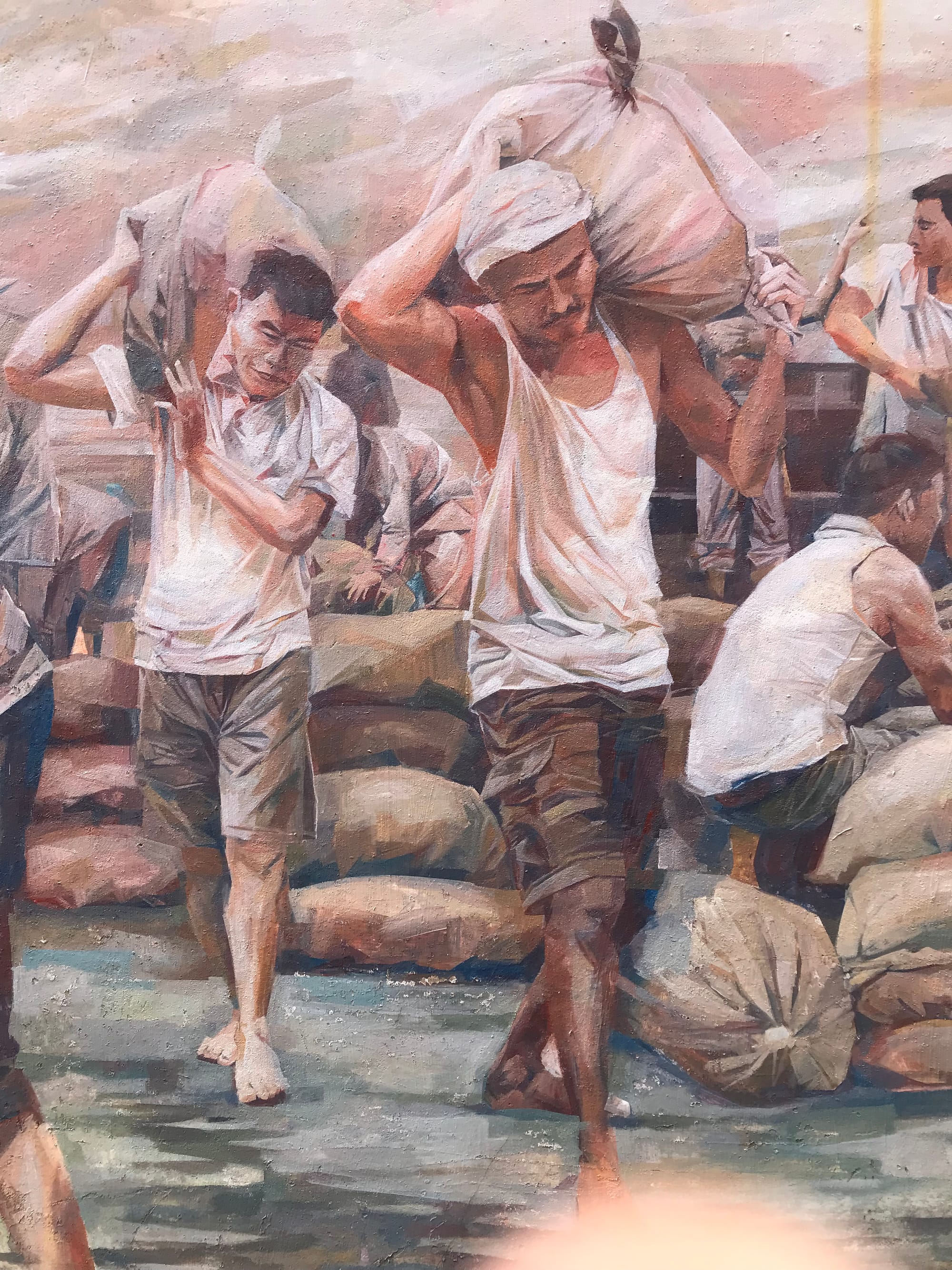
©F.L. Blumberg 2024
Siaw imbues his figures with expressions that draw you in. Note the intense concentration on the face of this tinsmith focused on his craft.
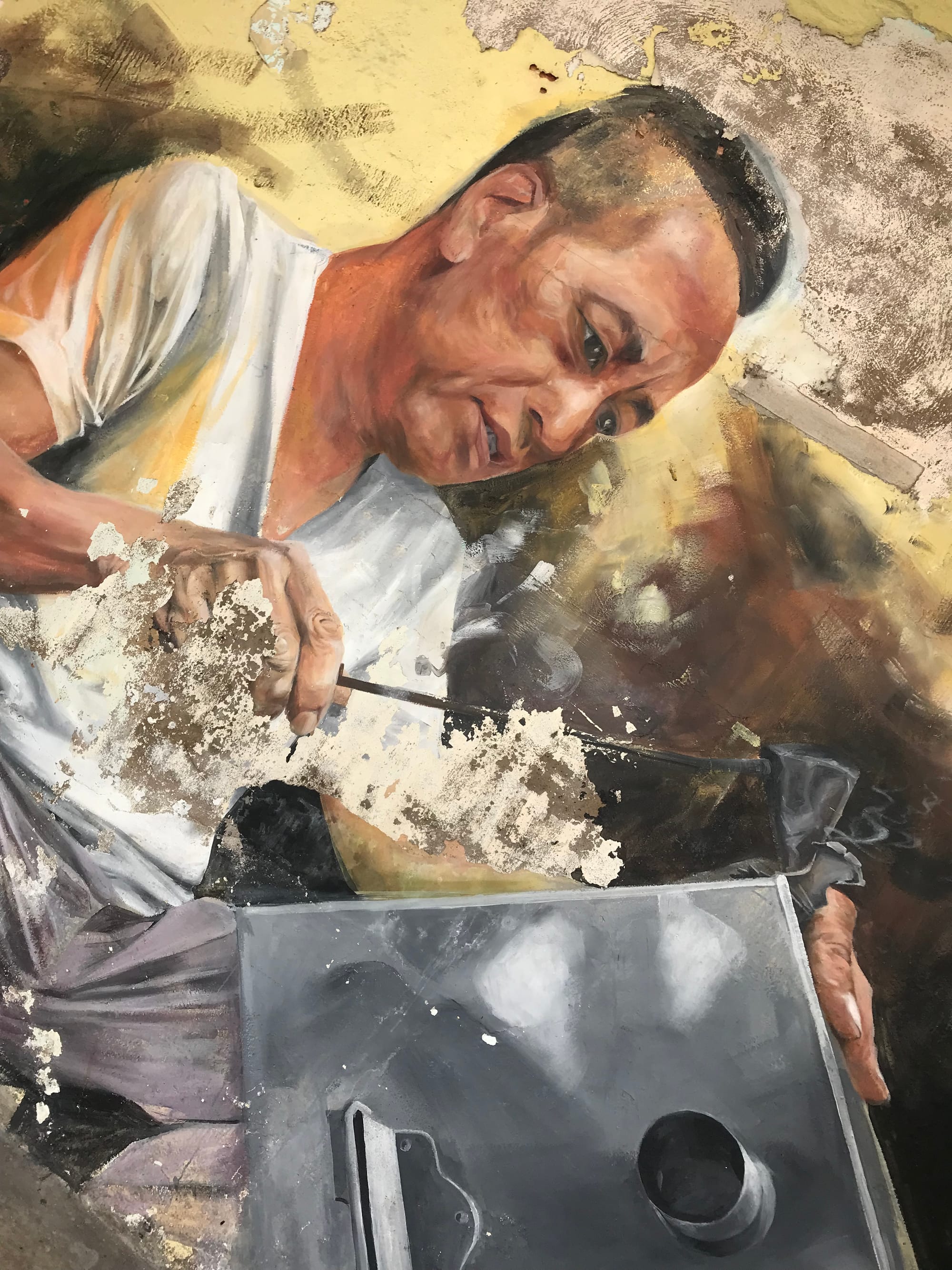
See this labourer’s relaxed grin as he takes a breather watching his friends play a game of cards.
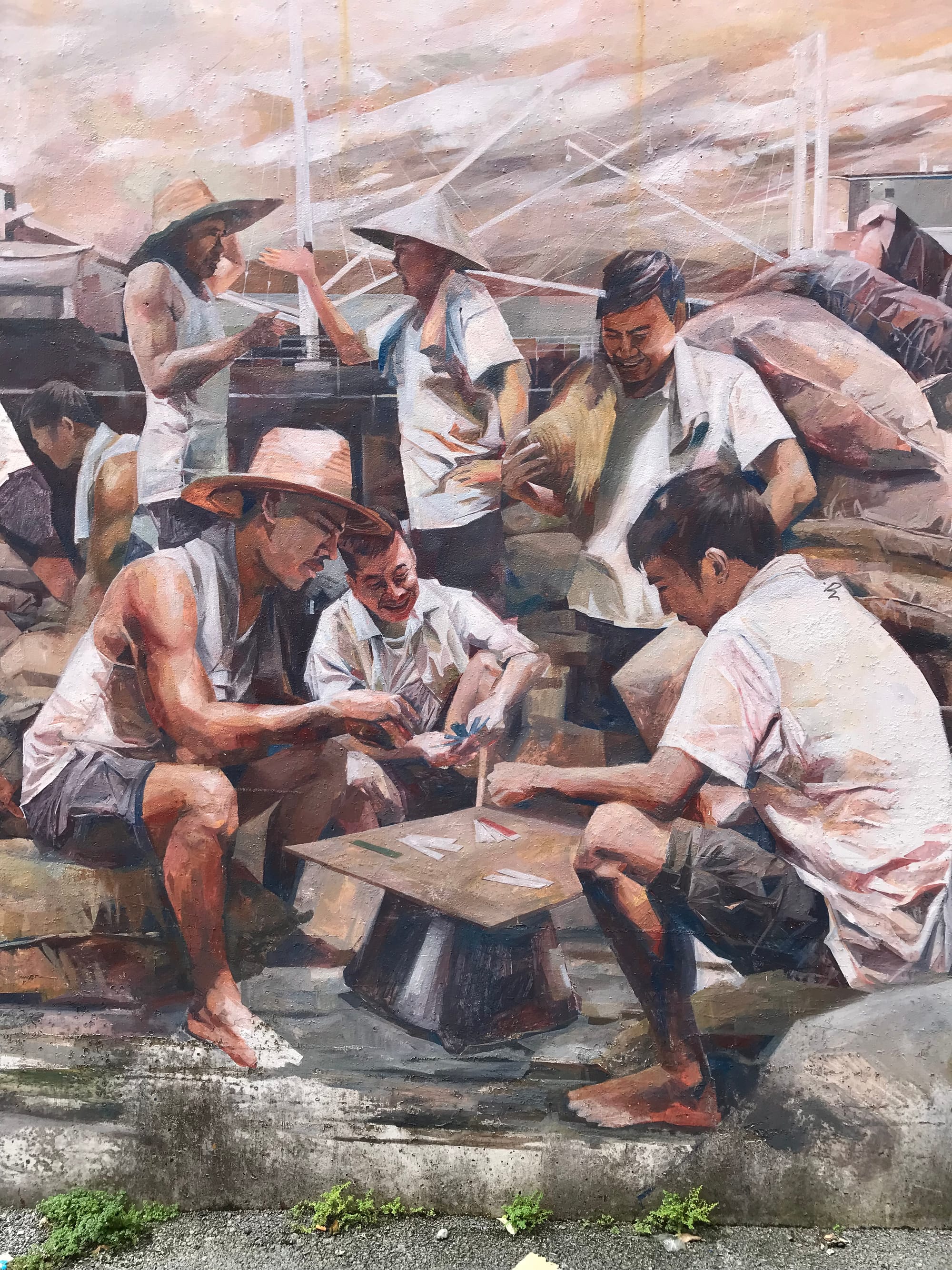
This man squatting on the margins of a group glances at the viewer, cigarette in mouth, as if half sniggering at this stranger who is foolish enough to be interested in this everyday scene.
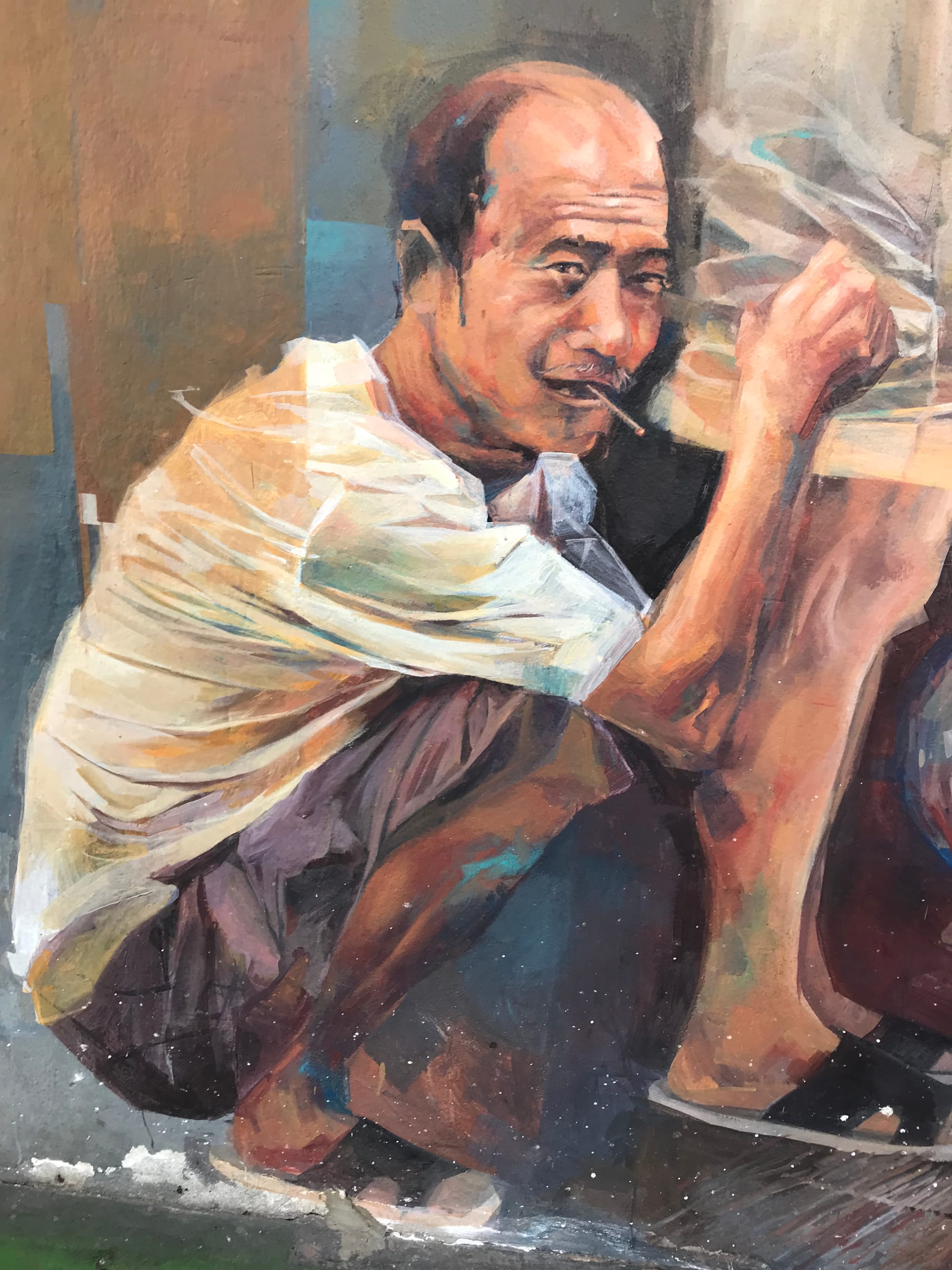
Stumbling upon Siaw’s murals as you wander in Kuching is like encountering the ghosts of the city’s past. His work adds depth and texture to the city’s fabric by making you ponder its history and its people, what once was and where things will go from here. Change is inevitable, but as a city transforms, it needs to know its past in order to face its future. What has been lost or is soon-to-be lost through urban renewal and the pressures of modernity needs to be honoured. In Siaw, Kuching has its very own celebrant of the past.
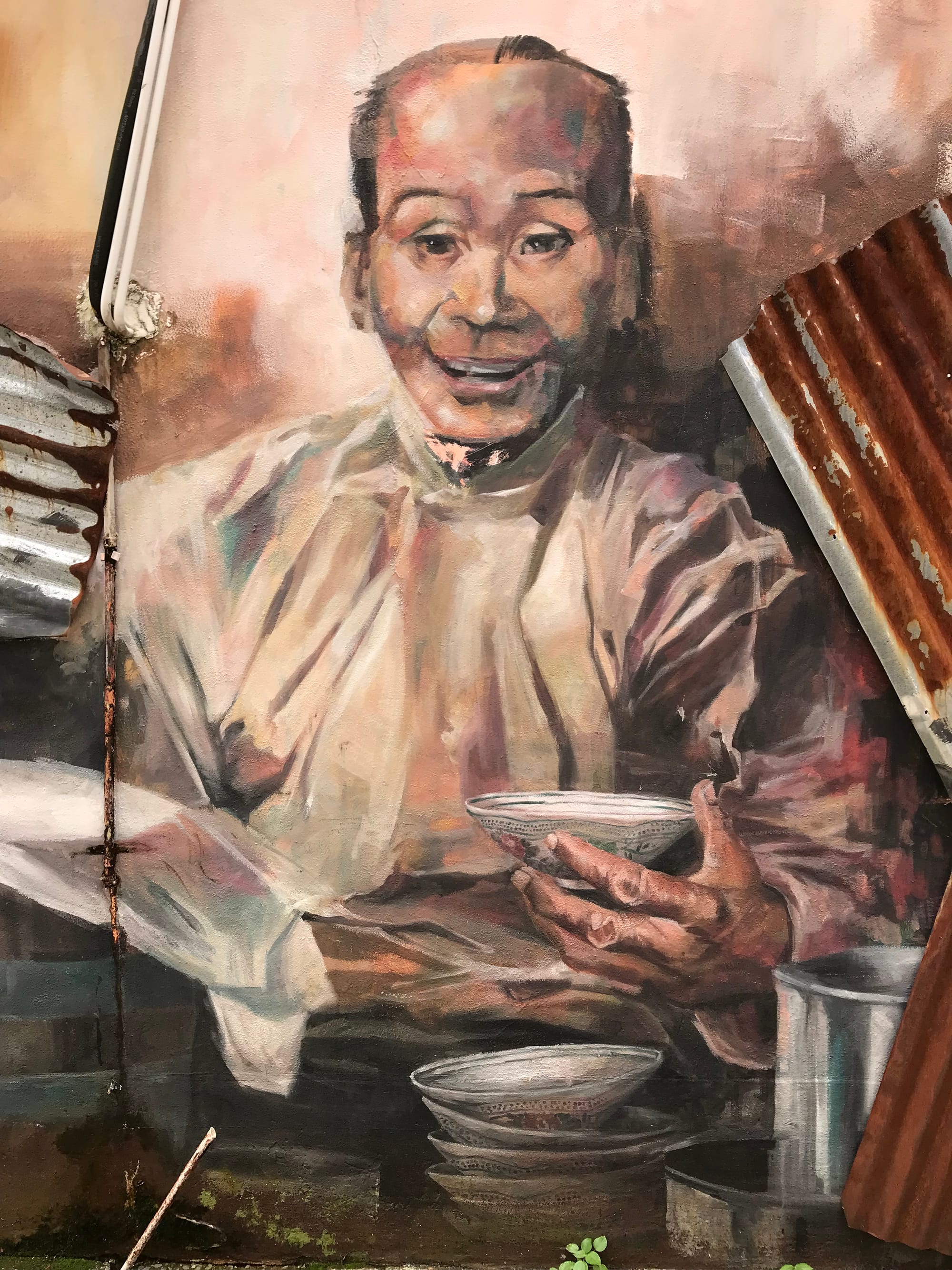
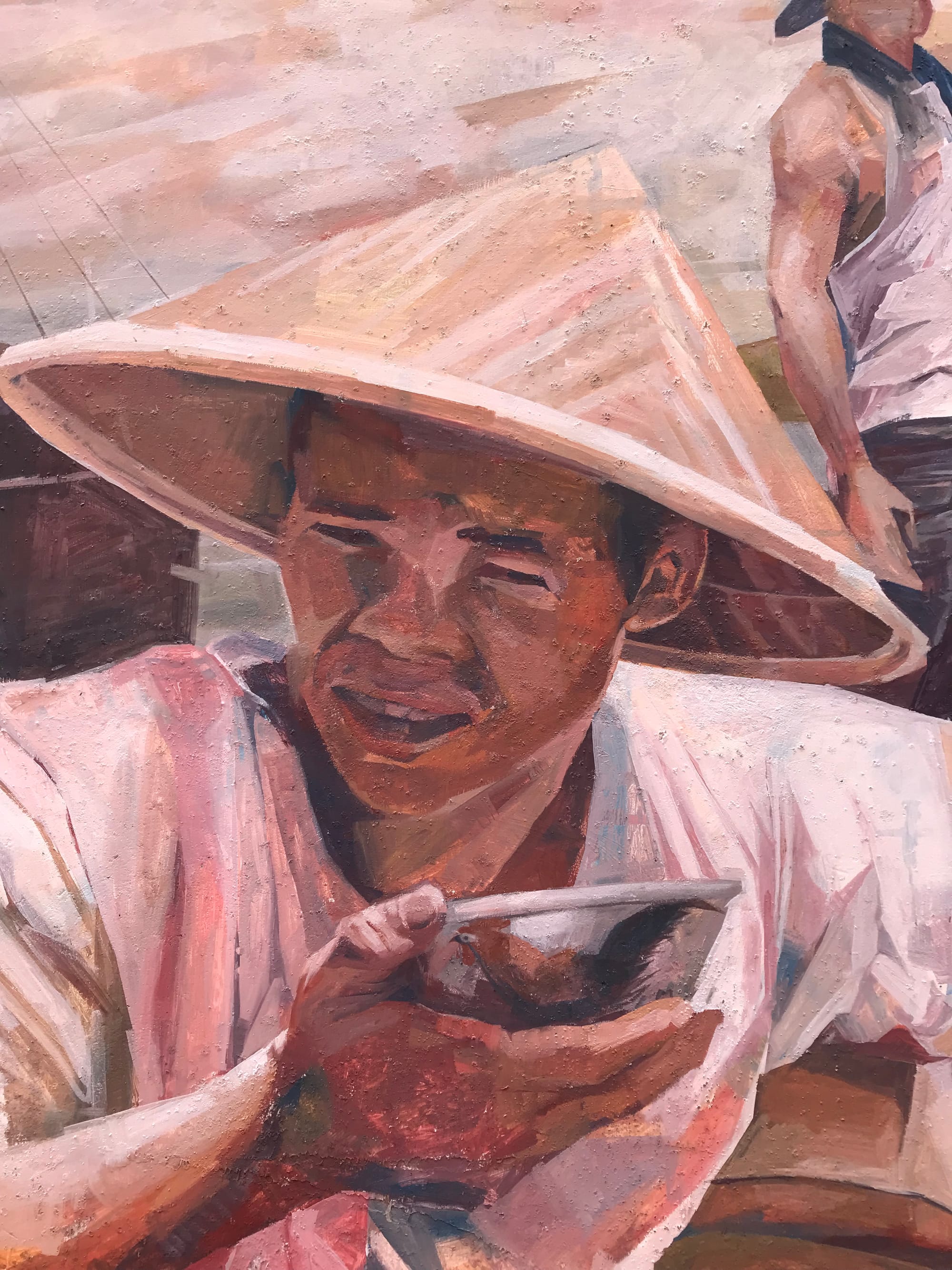
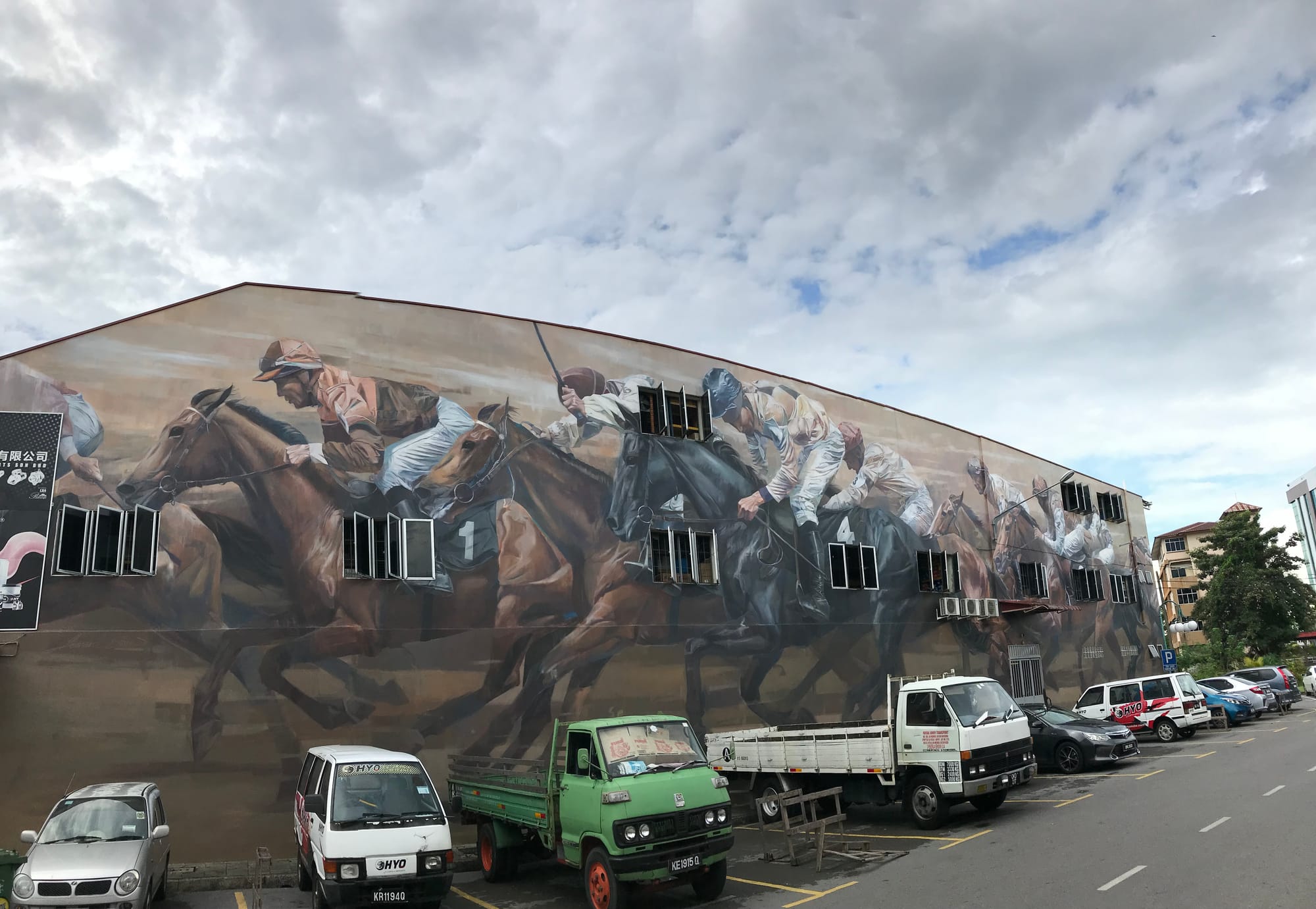
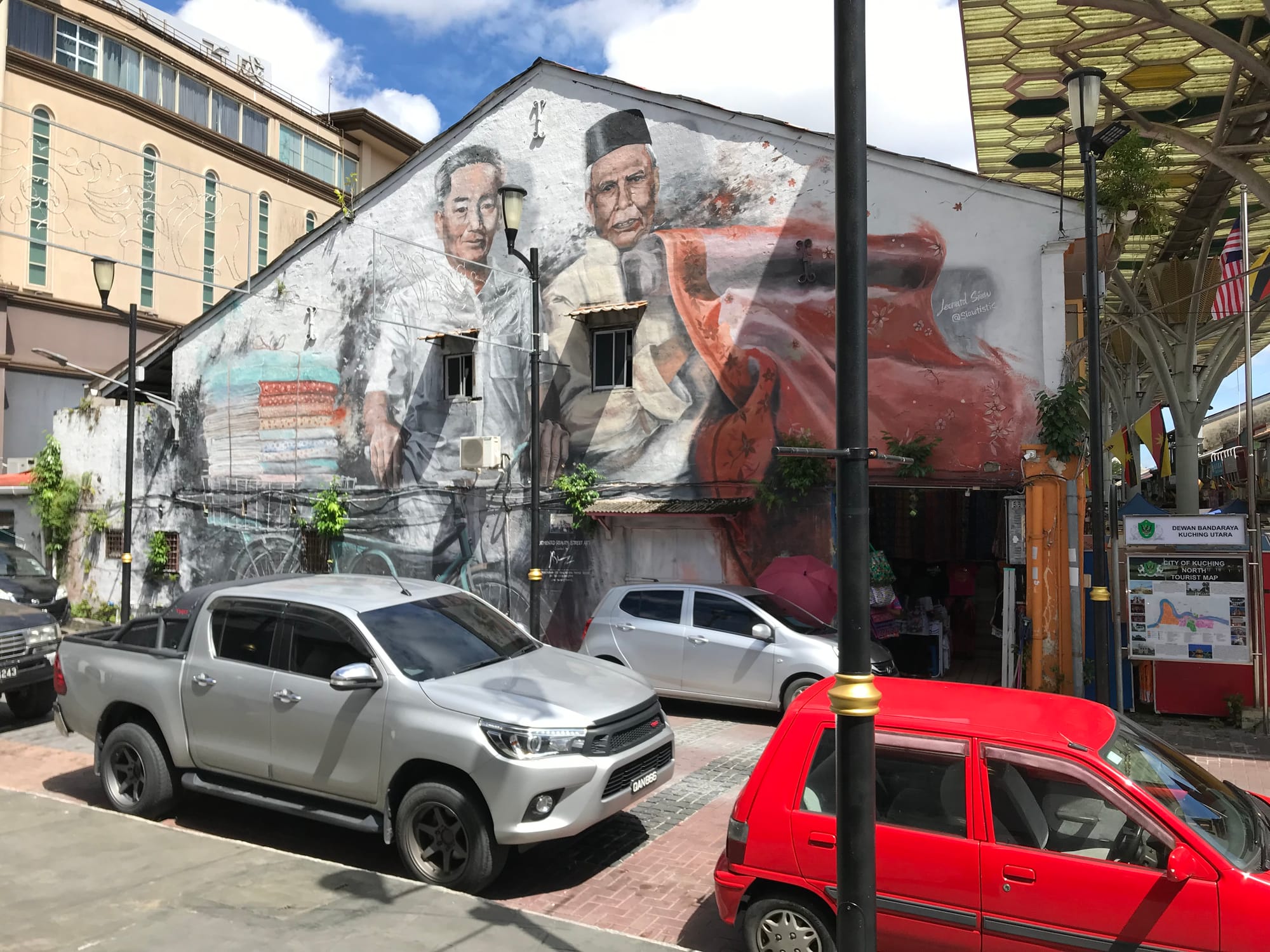
©F.L. Blumberg 2024
